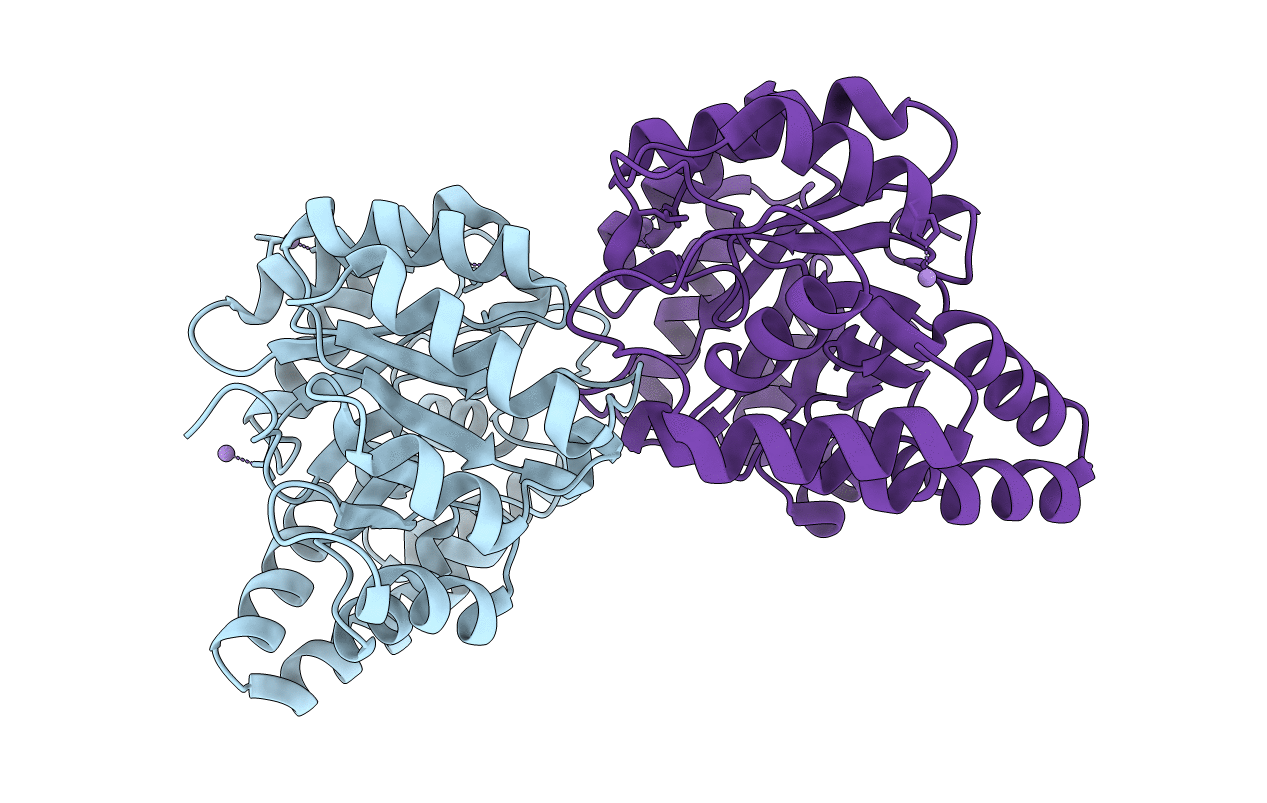
Deposition Date
2016-07-11
Release Date
2016-11-30
Last Version Date
2025-04-02
Entry Detail
PDB ID:
5KTL
Keywords:
Title:
Dihydrodipicolinate synthase from the industrial and evolutionarily important cyanobacteria Anabaena variabilis.
Biological Source:
Source Organism:
Anabaena variabilis (Taxon ID: 240292)
Host Organism:
Method Details:
Experimental Method:
Resolution:
1.92 Å
R-Value Free:
0.22
R-Value Work:
0.17
R-Value Observed:
0.17
Space Group:
P 21 21 2


